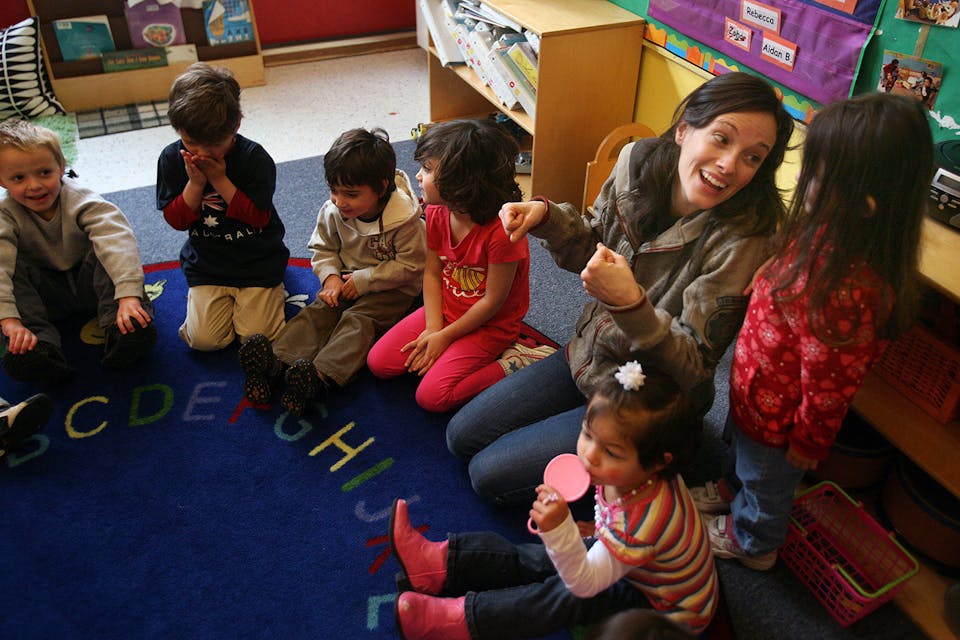
March 5, 2021
The State Capitol Plan
Maury Litwack’s campaign to rescue America’s non-public schools and solve the Jewish community's tuition crisis.
Maury Litwack greets each day with urgency, as though he’s in the last 48 hours of a hard fought presidential campaign. It’s as if every phone call, every strategy meeting, every speech encouraging high-school seniors to register to vote, and every conversation with a legislator could be the deciding factor. And after close to eight years at the helm of the Orthodox Union’s Teach Coalition, Litwack has changed expectations about how government can and should support non-public schools. In that time, Litwack has built in the Teach Coalition an entirely new education-funding-advocacy network, one that has long-term ramifications for how Jewish and other non-public school communities can and should partner with state governments to support their children’s education. If successful—and much of it already is—his work will relieve the debt burden that American Jewish families who send their children to Jewish schools suffer under.
That burden is immense—staggering even. On average, it takes between $9,000 and $15,000 a year to educate just one Jewish day-school student at the elementary-school level, with the cost rising as high as $25,000 once that student moves into high school. According to the most recent Pew study of U.S. Jews, Orthodox Jewish families tend to have 4.4 children (the national average is 1.8), so day-school tuition at Orthodox day schools almost certainly eclipses the cost of any other single-family expenditure, including costs for basics like shelter and food.
Before getting to the details of Litwack’s work, it’ll be helpful to see how this situation came about, and just how bad it is. Today’s day schools grew out of the 19th-century European ḥeder, a one-rooms school for instruction in religious studies. Starting in the 1940s in postwar America, Jewish educators began honing what is now a relatively unique dual approach combining religious/Hebrew studies and secular education. Today’s Jewish day schools—exponentially more expensive than their humble ḥeder precursors—augment those older models with flashy innovations, including all the prep-school style bells and whistles of America’s high-end secular private schools.